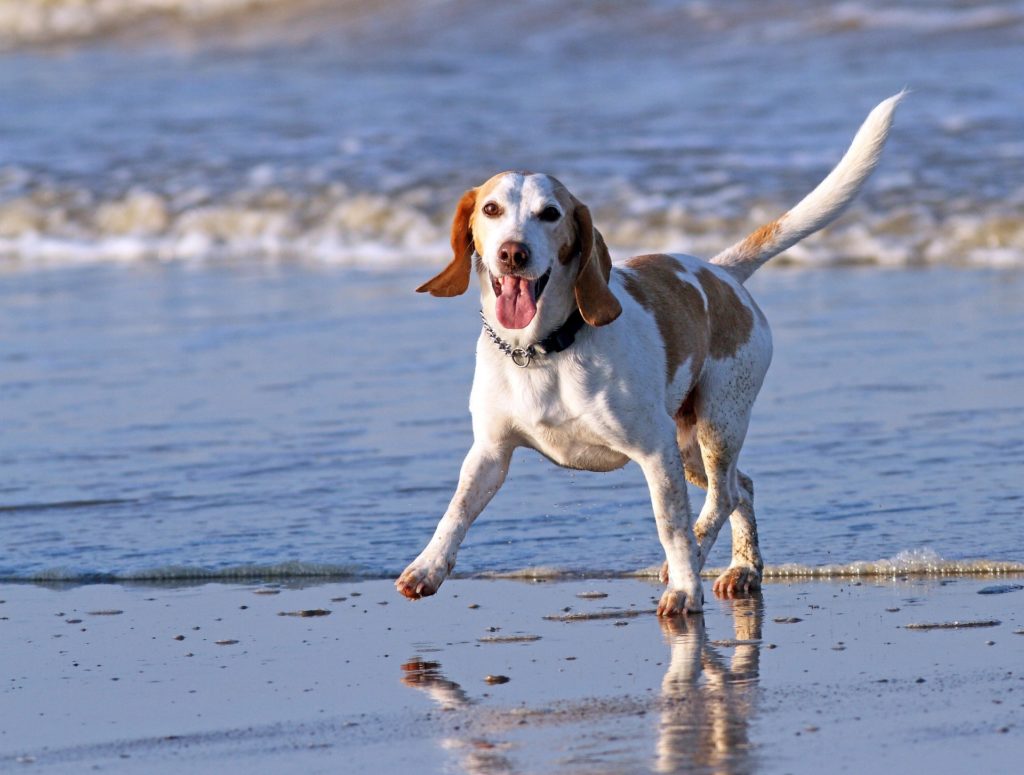World Pet Obesity Awareness Day
October 11th was World Pet Obesity Awareness Day. Obesity is a preventable disease that can cause or exacerbate serious health conditions in pets. Unfortunately, in recent years, pet obesity has been declared an epidemic.

According to the Association for Pet Obesity Prevention, in 2022 59% of dogs and 61% of cats were classified as overweight or obese. In a similar report from Banfield, 1 out of every 3 dogs and cats are overweight and the numbers have continued to go up over the last decade. There are a number of factors that have contributed to the rise in pet obesity rates. These include lack of exercise, genetics, misconceptions about what is considered overweight, specific diseases, as well as overfeeding.
Unfortunately, obesity can cause or exacerbate several serious health conditions such as diabetes, heart disease, and osteoarthritis. A separate report from Banfield concluded that osteoarthritis (OA) has been on the rise over the past ten years with a 66% increase in dogs and a150% increase in cats. These statistics make sense given that obesity has also been on the rise.
The link between obesity and osteoarthritis is an unfortunate vicious cycle: Weight gain causes more wear and tear on your pet’s joints, leading them to be less active and potentially gain more weight. If weight is not lost, the cycle will continue. Furthermore, reduced activity often leads to more stiffness and pain. As we discussed in last week’s blog, regular, low-impact exercise tailored to your dog’s breed and physical abilities may reduce the severity or even delay the onset of osteoarthritis.
If you are unsure if your pet is overweight, it may be a good idea to speak with your veterinarian. Veterinarians are trained to assess your pet’s Body Condition Score or “BCS” (see BCS charts for Dogs and Cats to learn more). In addition to increasing controlled exercise, calorie control is also essential. Your veterinarian can help create a diet plan specific to your pet’s needs. Maintaining an ideal body weight is crucial in minimizing discomfort related to osteoarthritis.






